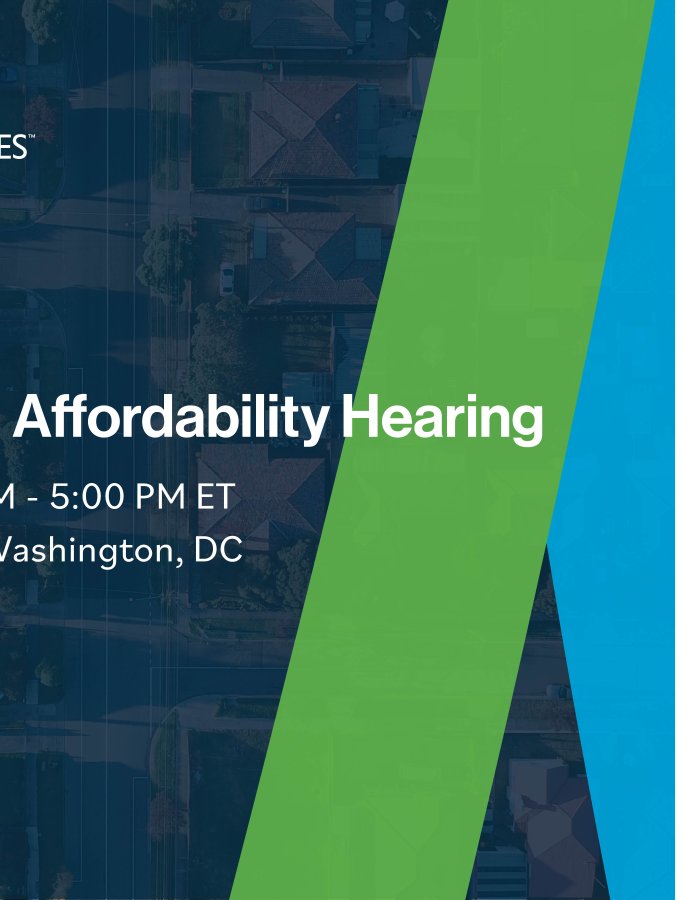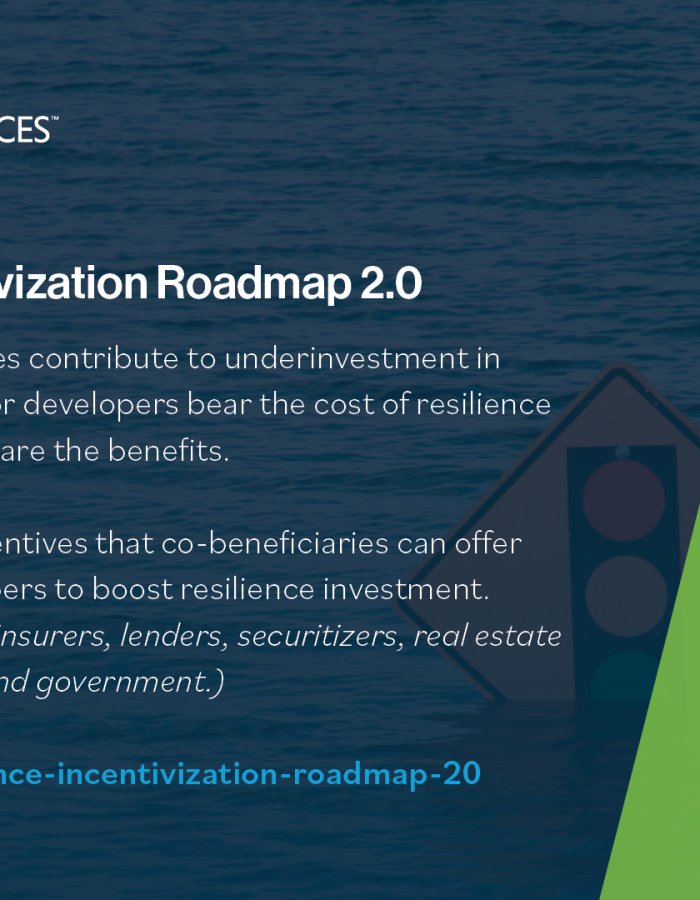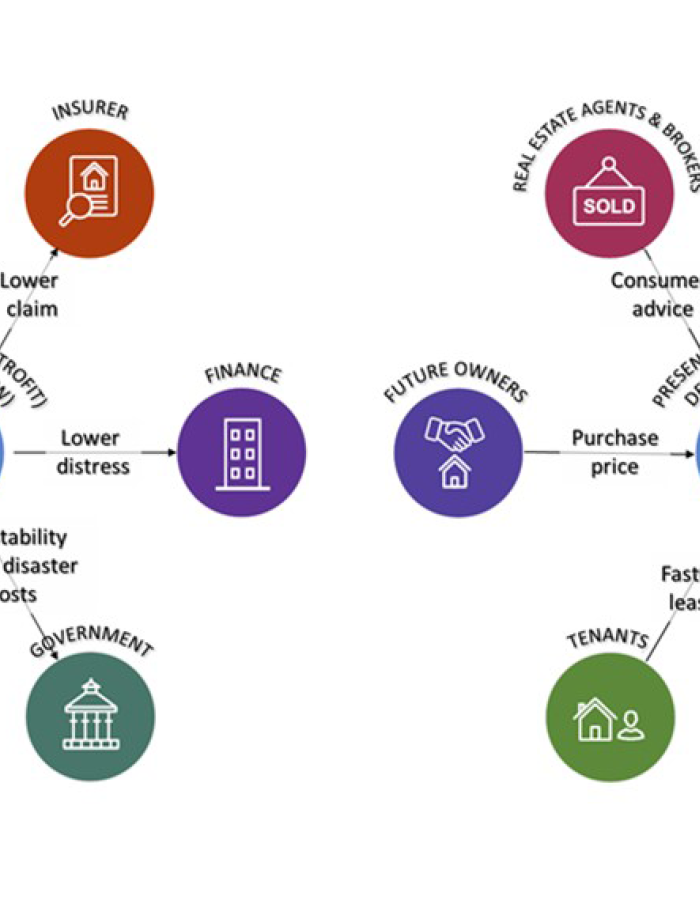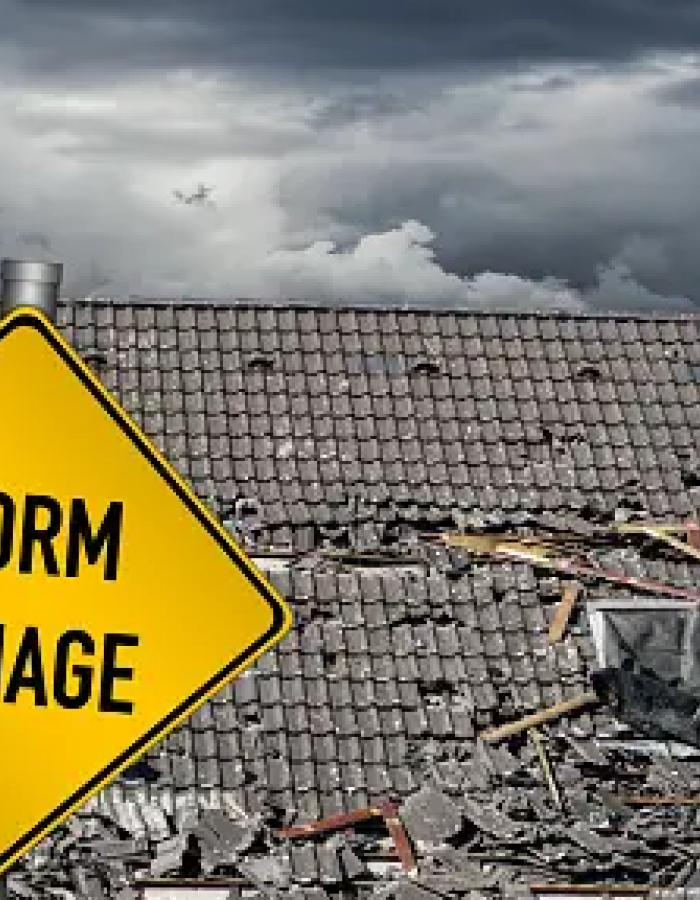With the support of Fannie Mae, the National Institute of Building Sciences has developed a roadmap on mitigation investment to help Americans and the nation’s built environment prepare for and respond to the devastating effects of extreme weather.
In 2020, the NIBS Committee on Finance, Insurance, and Real Estate (CFIRE) published A Roadmap to Resilience Incentivization, which calls for public and private incentives that allow owners of buildings and other infrastructure to facilitate the upgrade of existing infrastructure and better design of new infrastructure.











